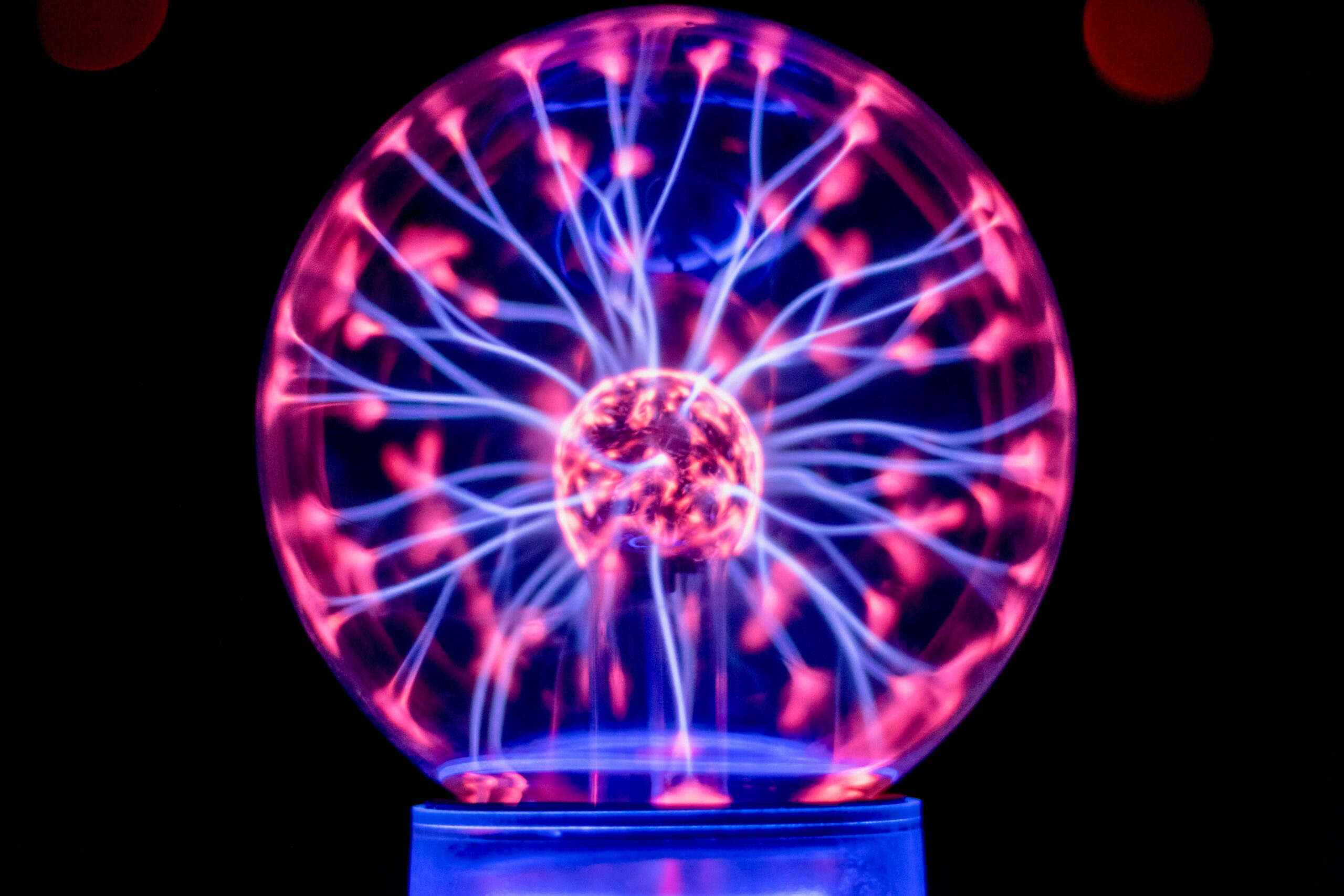02/22/2022
Deepmind researchers and SPC researchers are now teaming up to create a new method to control plasma flows inside a tokamak reactor. Deepmind has developed an artificial intelligence that, thanks to its training with an SPC simulator, is capable of creating and maintaining specific plasma configurations. Including some very advanced ones that maintain two different plasma flows simultaneously in the same reactor. Fusion, the researchers admit, is a complex and continuous process where the state of the plasma is constantly changing and cannot be measured continuously. To date, the merger has only been stable for a maximum time of five seconds.
Nuclear fusion by magnetic confinement, particularly in the tokamak configuration, is a promising path to sustainable energy.
Tokamak reactors are donut-shaped. Around it there are some very powerful magnetic coils that control that the plasma flow does not collide with the walls. The plasma inside the reactor reaches a temperature higher than that of the core of the Sun and if it touches the walls it can damage them and slow down the reaction that causes hydrogen atoms to come together creating energy during the process.
Researchers at the Swiss Plasma Center (SPC) have used Deepmind, the artificial intelligence arm of Alphabet, to unravel one of the keys that we still have to solve to master nuclear fusion: the control of the flow of plasma inside the reactor.
Deepmind's AlphaGo artificial intelligence was able to learn to play GO on its own, a game similar to chess, but more complex as it had many more movement options, and beat the world champion. More recently, AlphaFold, another AI capable of solving a mystery that had been tormenting biologists for 50 years, predicting the structures of proteins in the human body. And not only did he do it, but he did it with unprecedented precision.
Deepmind researchers and SPC researchers are now teaming up to create a new method to control plasma flows inside a tokamak reactor. The results of their work were published yesterday in the journal Nature.
The SPC has a reactor of this type in its facilities. His tokamak is designed so that scientists can experiment with different configurations of the plasma and find new ways to confine and control it.
"Our simulator is based on more than 20 years of research and is continually updated," says Federico Felici, researcher at SPC. "But even so, extensive calculations are still required to determine the correct value of each variable in the control system. That's where our joint research project with Deepmind comes in."
Deepmind has developed an artificial intelligence that, thanks to its training with an SPC simulator, is capable of creating and maintaining specific plasma configurations. Including some very advanced ones that maintain two different plasma flows simultaneously in the same reactor.
The AI first studied how changes in each of the 19 magnetic coils affected the shape of the plasma inside the container. Then the investigators asked him otherwise. They gave the artificial intelligence a specific plasma configuration and had it identify the appropriate settings to achieve it. DeepMind's AI was able to learn on its own how to create these shapes by manipulating the coils. The researchers then took the settings that remained stable in the simulator and tested them in the real reactor to see if it worked the same way.
Fusion, the researchers admit, is a complex and continuous process where the state of the plasma is constantly changing and cannot be measured continuously. "Sometimes algorithms that are good at these one-off problems struggle with these ongoing problems," Deepmind research scientist Jonas Buchli told Wired. "This was a big step forward for our algorithm, because we were able to show that it's possible to do it. And we think this is a very, very complex problem to solve. It's a different kind of complexity than games."
Even so, having a tool that allows researchers to freely experiment with different configurations without fear of being wrong opens up a very promising path that can lead us to master the energy of stars. "AI would allow us to explore things that we wouldn't explore otherwise, because we can take risks with this type of control system that we wouldn't dare to take otherwise," says Ambrogio Fasoli, director of the CSP. "If we're sure we have a control system that can take us close to the limit, but not beyond the limit, we can explore possibilities that might not otherwise be there to explore."
Whether this AI will be able to solve the plasma management problems posed by much larger reactors remains to be seen. That this method works in an experimental reactor does not mean that it will immediately work in a large one like ITER, which is currently being built in the south of France. To date, the merger has only been stable for a maximum time of five seconds.
Reference
Degrave, J et al. Magnetic control of tokamak plasmas through deep reinforcement learning. Nature 2022. https://doi.org/10.1038/s41586-021-04301-9



